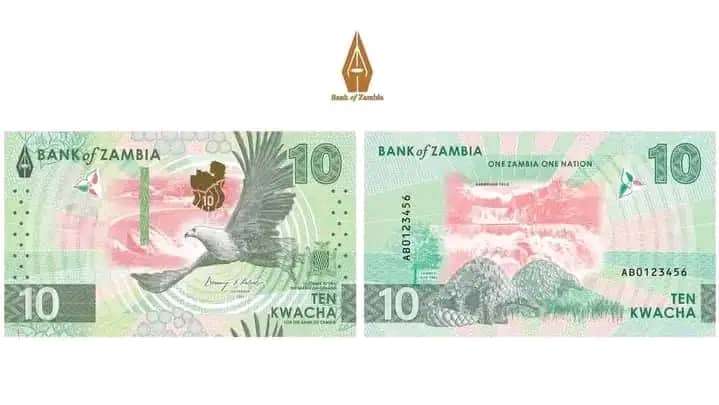By Burnett Munthali
Zambia’s central bank, the Bank of Zambia (BoZ), has unveiled new banknotes, bringing a fresh look to the country’s currency. These redesigned kwacha notes are not just a cosmetic change but a significant step towards modernizing the country’s financial system. The new notes feature enhanced security features, improved designs, and are part of an ongoing effort to boost confidence in the Zambian economy.
The new notes, set to circulate alongside the existing ones, have been crafted with advanced anti-counterfeiting technology to ensure that they are difficult to forge. This is in response to growing concerns over the circulation of counterfeit money, which has undermined the integrity of the currency. The Bank of Zambia has emphasized that these notes are part of the broader initiative to combat inflation and enhance the stability of the national currency.
One of the standout features of the new Zambian kwacha notes is the inclusion of prominent national figures and symbols that celebrate Zambia’s rich history and culture. These notes have been designed to highlight Zambia’s achievements, while also emphasizing the country’s commitment to progress. The new notes will feature images of key figures in Zambia’s independence struggle, as well as icons of national pride such as the country’s flora, fauna, and landmarks.
The security features incorporated into the new notes are among the most advanced in the region. Key anti-counterfeiting elements include watermarks, security threads, and holographic images, making it harder for counterfeiters to replicate the notes. These features will help to ensure that the new notes remain secure and retain their value over time. The improved design also focuses on durability, with the new notes being made from higher-quality materials to withstand wear and tear.
In terms of design, the new kwacha notes feature bold colors and a modern, clean layout that reflects Zambia’s growing economy and its aspirations for the future. The notes are visually striking, with a focus on clarity and ease of recognition. Each denomination is distinct, with easily identifiable symbols and patterns that make it easier for the public to distinguish between them.
The introduction of the new Zambian kwacha notes is also expected to have a positive impact on financial inclusion in the country. With their improved security features and easier recognition, the new notes are likely to promote greater use of cash in the formal economy. Additionally, the design of the notes has taken into consideration the need to cater to all sectors of society, including the visually impaired, ensuring that the new currency is accessible to everyone.
The Bank of Zambia has worked closely with various stakeholders, including the Zambian government and international experts, to ensure that the new notes meet both local and international standards. The new currency is expected to be phased in over time, with the old notes gradually being removed from circulation. The government has assured the public that the transition will be smooth, and adequate measures will be put in place to ensure that the public is well-informed about the new notes.
The introduction of the new kwacha notes comes at a time when Zambia is working to stabilize its economy following a period of economic challenges. The new currency is seen as a step towards restoring confidence in the country’s financial system and fostering a sense of national pride. By modernizing the country’s currency, Zambia aims to project a more professional and secure image to both local and international investors.
Overall, the launch of the new Zambian kwacha notes marks a significant milestone in the country’s economic and financial development. The improved design and enhanced security features signal the government’s commitment to building a stable and secure economy, while also addressing the challenges posed by counterfeit currency. As the new notes begin to circulate, it will be interesting to see how they are received by the public and how they contribute to Zambia’s continued growth.




